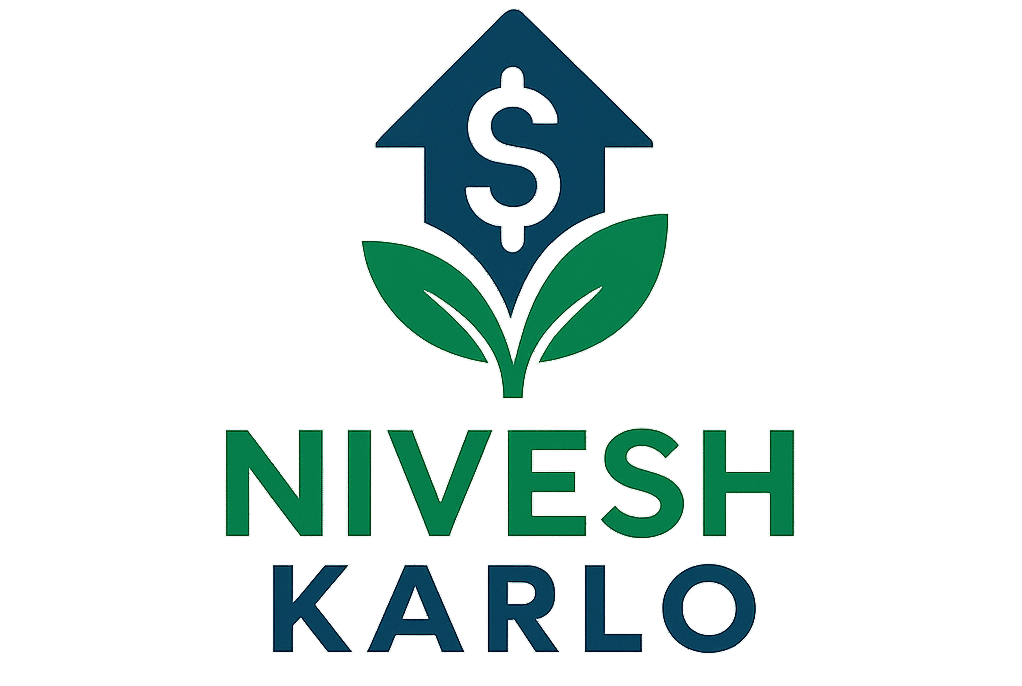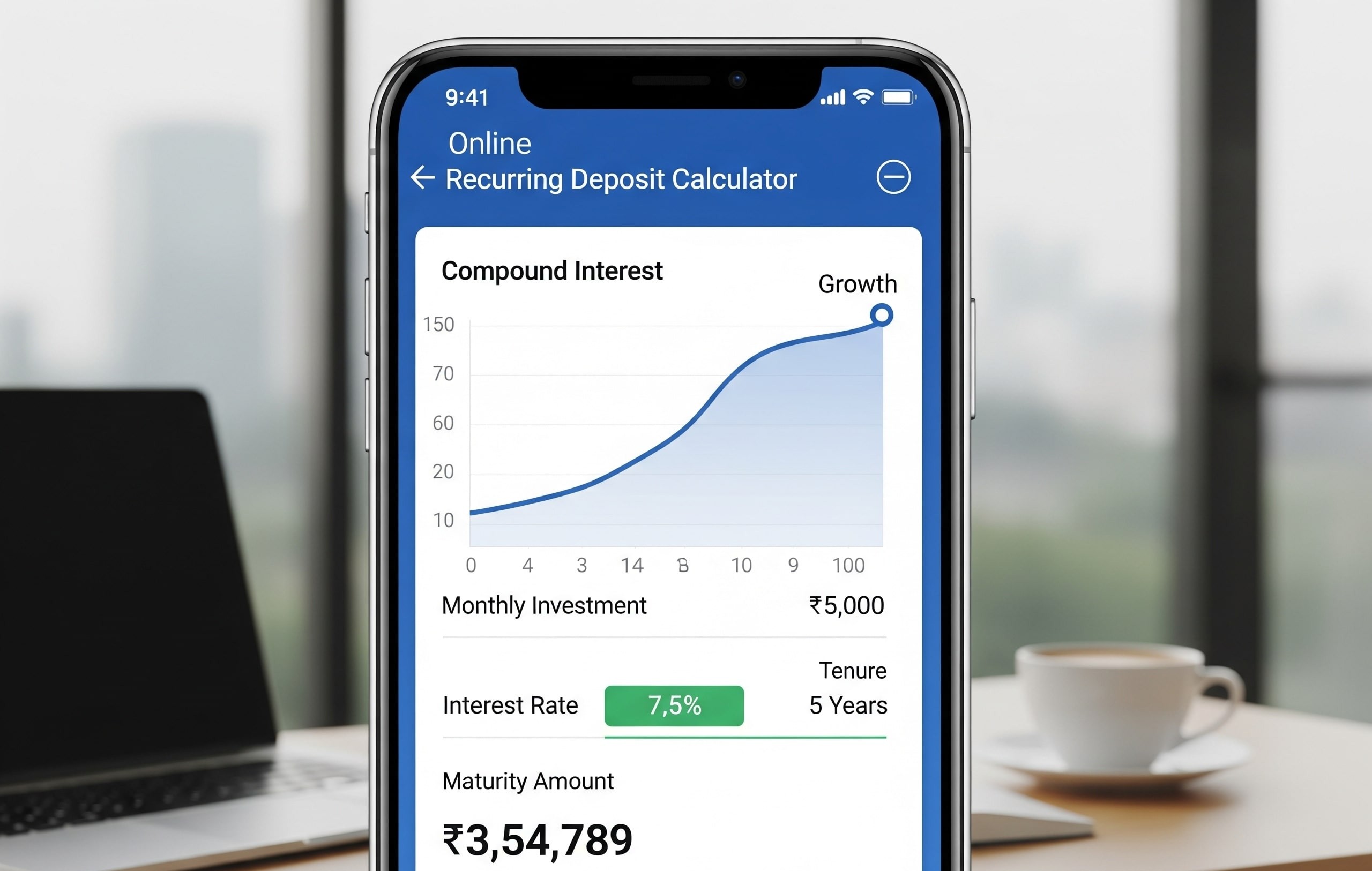Thousands of students start making preparations at this time of year, from taking tests to applying for visas, to begin their student loans for studying abroad. Establishing a savings account to cover your tuition and living costs while studying abroad is one of these preparations. We are all aware of the potential costs associated with studying abroad; the minimum required investment for any program abroad is Rs. 20 lakh. Every lender they can find in India—from public banks like SBI, BOB, and others to private lenders like private banks and NBFCs—are contacted by students seeking the lowest education loan interest rate because no student can afford to pay for their entire program on their own.
Also Read: 10 Best Guaranteed Income Plans 2023 in India
However, a student alone is unable to visit every bank and travel restrictions, making it impossible to compare the offers made by various lenders. Aside from that, checking with each lender takes a lot of time. However, since this initiative is part of the Digital India Campaign and is supported by the Ministry of IT, Government of India, you can seek assistance from our organization.

Best options for student loan for studying abroad
The interest rate that lenders are willing to offer is what determines which is the lowest education loan interest rate. Additionally, compared to private banks and NBFCs, public banks offer not only the lowest education loan interest rate, but also a better overall deal.
Here are some criteria to take into account when contrasting public and private banks to determine which is superior.
Rate of Interest
The rate of interest is a major consideration for all students because it has a significant impact on the future. The enormous burden placed on the student’s shoulders can be significantly lessened by even a 0.5% difference in the interest rate.
Interest rates for public banks range from 8% to 9%. Additionally, this is the option with the lowest education loan interest rate.
The interest rate is between 10% and 14.5% for private lenders like private banks and NBFCs. Since it is a floating interest rate, it may rise or fall by 0.25 to 0.5 over the course of the loan repayment years.
Clearly, compared to any private banks or NBFCs, public banks like SBI, BOB, etc. offer lowest education loan interest rate. You might ultimately save lakhs of dollars if the interest rate is lower.
| Banks | Interest Rates | Processing Fees |
| Punjab National Bank | 8.65% p.a. onwards | Minimum 1% of loan amount |
| Canara Bank | 8.80% p.a. onwards | Nil |
| State Bank of India | Up to 11.15% p.a. | Up to Rs.10,000 |
| Bank of Baroda | 8.45% p.a. onwards | 1% of loan amount |
| IDBI Bank | 8.00% p.a. onwards | Contact the bank |
| Bank of India | 9.50% p.a. to 10.30% p.a. | Study in India: Nil Study in abroad: Rs.5,000 |
| Tamilnad Mercantile Bank | 11.50% p.a. onwards | 1% of the loan amount |
| HDFC | 9.55% to 13.25% p.a. | Up to 1% of loan amount |
| UCO Bank | Up to 10.55% p.a. | Nil |
| Karnataka Bank | 9.93% p.a. onwards | Contact the bank |
| Federal Bank | 11.95% p.a. onwards | Contact the bank |
| Karur Vysya Bank | 11.50% p.a. to 12.50% p.a. | Nil |
| Axis Bank | 13.70% p.a. to 15.20% p.a. | Rs.15,000 + GST |
| Kotak Mahindra Bank | Up to 16% p.a. | Nil |
Processing Fees
Students must pay a processing fee to banks in order to obtain the best student loan for studying abroad. It costs about 10K plus GST for public banks, and some public banks also offer refunds. Since the processing fee must be paid up front, students will receive their 10K processing fee back if the bank rejects their application for some reason. Additionally, applications that are withdrawn by students will not be reimbursed.
Also Read: How to earn money online without investment in mobile
The processing fee for private banks is 1% of the sanctioned loan amount, while the processing fee for NBFCs can range from 1% to 2% of the sanctioned loan amount. Students pay the processing fee to private banks and NBFCs in the final stage. Additionally, processing fees are not refunded by private lenders.
Keep in mind that processing fees are waived for transactions up to Rs. 7.5 lakhs at public banks. Therefore, you would pay 10K to a public bank for a 40 lakh education loan, but 40K to a private lender. There is a 30K difference right away.
Loan Insurance
If we’re looking for the cheapest education loan in India, loan insurance is another factor to take into account. It is done to protect the co-applicant so that they won’t be responsible for paying the entire loan balance if something were to happen to the applicant in the future.
Although it is not required with public banks, getting the amount of your student loan insured is only 0.5% to 1% of the loan amount.
Private lenders must purchase loan insurance. For private banks, it ranges from 1% to 1.5% of the loan amount, and for NBFCs, it is 2% or higher.
While loan insurance is not required for private lenders, it is an option for public banks when it comes to student loans. It might increase the cost of your loan.
Also Read: ULIP plans vs mutual funds – which is the better investment
Types of Interest Rates in Education Loan
The bank decides what kind of interest rate will apply to best student loan for studying abroad. For the duration of repayment, some banks offer loans with predetermined interest rates. Others have interest rates that are correlated with the one-year Marginal Cost of Funds Based Lending Rate (MCLR), which is a lending rate. If this were reset at regular intervals, the interest rate of the student loan might change.
Factors that Determine Education Loan EMI
The Equated Monthly Instalment (EMI) amount for your student loan depends on a variety of factors. These elements include:
- Rate of interest for the loan
- Loan amount
- Repayment tenure
Factors to Take Into Account Before Taking Out a Student Loan
When selecting an education loan, there are many things to consider. These include:
- eligibility requirements
- courses that qualify for the loan
- Required collateral, if any
- Guarantor necessary
- Margin amount
- Interest rate
- Loan amount
- Repayment tenure
Also Read: Online part time jobs for students without investment
Student loan eligibility Criteria
These are the standard requirements that you must meet in order to be approved for an education loan, though the student loan eligibility requirements may vary from one lender to the next:
- Indian citizen
- Age: Up to 35 years old for those who are unemployed and up to 45 years old for those who are employed.
- evidence of enrollment in the educational facility
- Authentic educational documents demonstrating a strong academic record (more than 50% marks)
- Income or credit history evidence for the guarantor
- Passport, I-20 form, and visa if studying abroad
Quickly Verify: Student Loan Eligibility
Documents Required
Some of the paperwork needed to submit your loan application includes the following:
- Complete the application form with the required passport-size photos attached
- Admission letter printed on the institution’s letterhead
- educational credentials of the applicant
- Mark sheets from any entrance exams
- if there is a scholarship document
- Assurance that you have not gotten a loan from another lender
- Aadhaar cards, passports, licenses, PAN cards, and other identity documents are examples of acceptable forms of identification.
- Proof of address or residency documents include utility bills, ration cards, passports, and Aadhaar cards.
- Age verification documents like a birth certificate or 10th grade diploma
FAQs
Q. What types of courses are student loan eligibility for?
Ans. For accredited undergraduate, graduate, postgraduate, doctoral, and professional programs as well as diploma and certificate programs, you may apply for an education loan.
Q. Does borrowing money for education qualify for any tax benefits?
Ans. You can receive tax benefits for paying the interest on your student loan. Sections 80C and 80E of the Income Tax Act of 1961 will apply to this.
Q. When do I begin making loan payments?
Ans. Depending on the lender, the repayment period will begin at the conclusion of your course or a few months after you land a job. However, this will vary depending on the lender. Following the completion of your course, there will be a moratorium.
Q. Is there any collateral needed?
Ans. Usually, collateral is only needed for student loans that exceed a certain threshold, which can vary from bank to bank.
Q. My loan can I include a co-applicant?
Ans. A co-applicant is required for an educational loan from many banks. It could be a parent, guardian, spouse, parent-in-law, or other relative.
Q. Who may be co-borrowers with me?
Ans. Parents, guardians, and spouses can be co-borrowers. The applicant’s chances of getting a successful loan application are high if the co-borrower possesses a regular source of income and a good credit history.
Q. What is the tenure offered on an education loan?
Ans. In most cases, the average tenure for an education loan is between 5-7 years. However, for larger loan sums, certain lenders may provide a longer term of up to 15 years.
Q. Do banks impose a prepayment penalty on education loans?
Ans. The majority of banks do not impose a prepayment penalty on education loans. However, you must confirm with your bank/lender about the same.
More Articles: How to invest in startups in India
How to start sip: A Complete Guide
5 Best Steps of Investment Process
Bank of Baroda Fixed Deposit Rates- 2023
8 Difference between Current Account and Savings Account
Hello there, my name is Phulutu, and I am the Head Content Developer at Nivesh Karlo. I have 13 years of experience working in fintech companies. I have worked as a freelance writer. I love writing about personal finance, investments, mutual funds, and stocks. All the articles I write are based on thorough research and analysis. However, it is highly recommended to note that neither Nivesh Karlo nor I recommend any investment without proper research, and to read all the documents carefully.






Leave a Reply